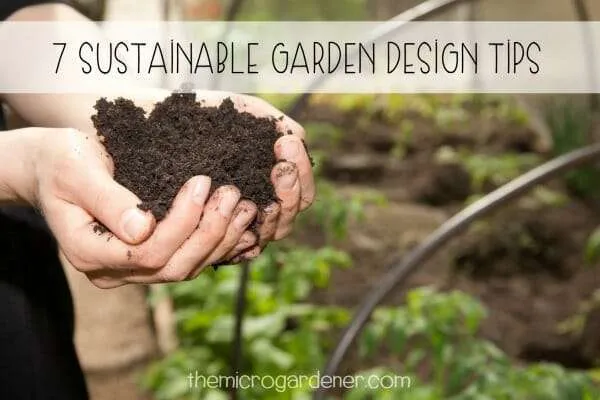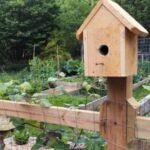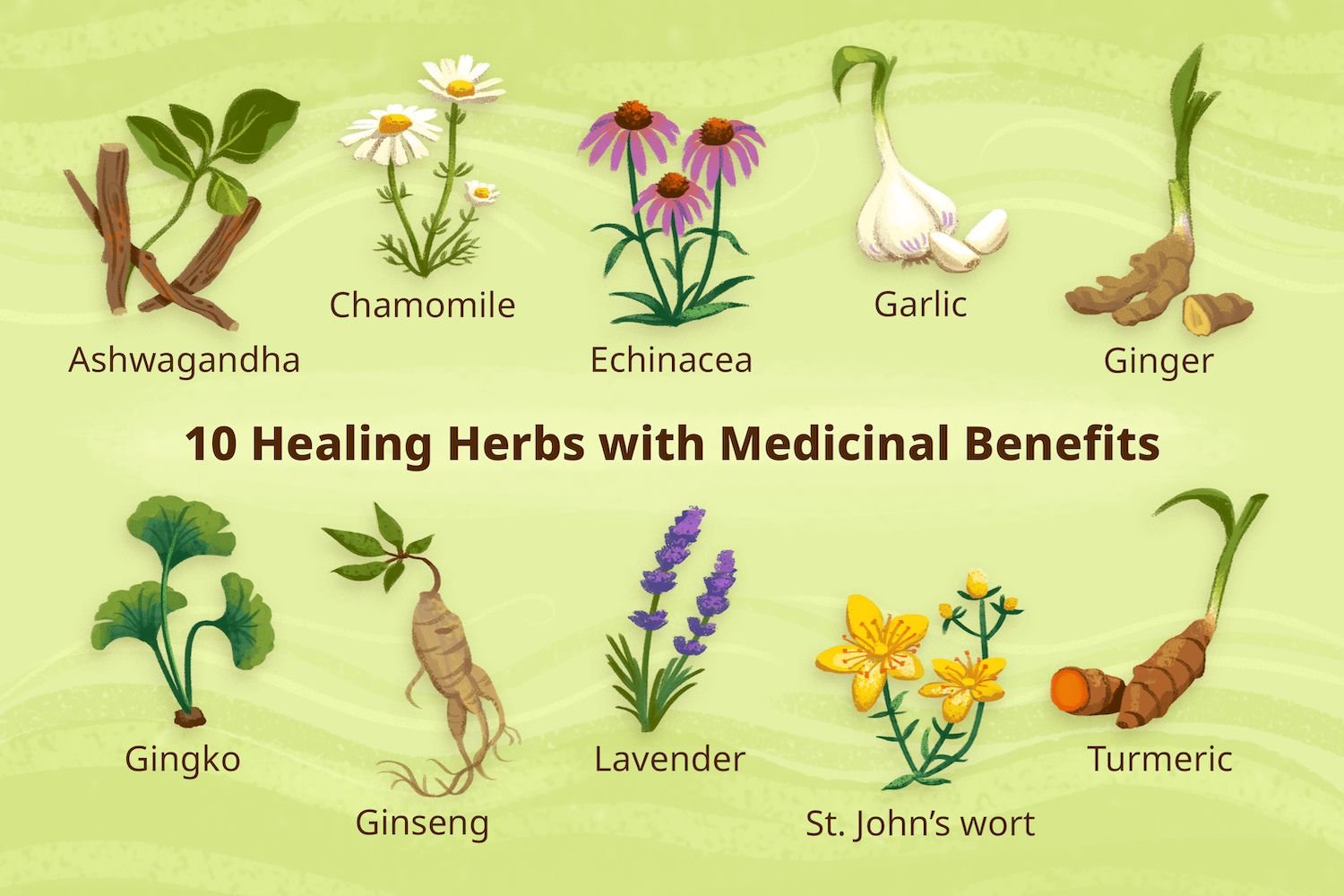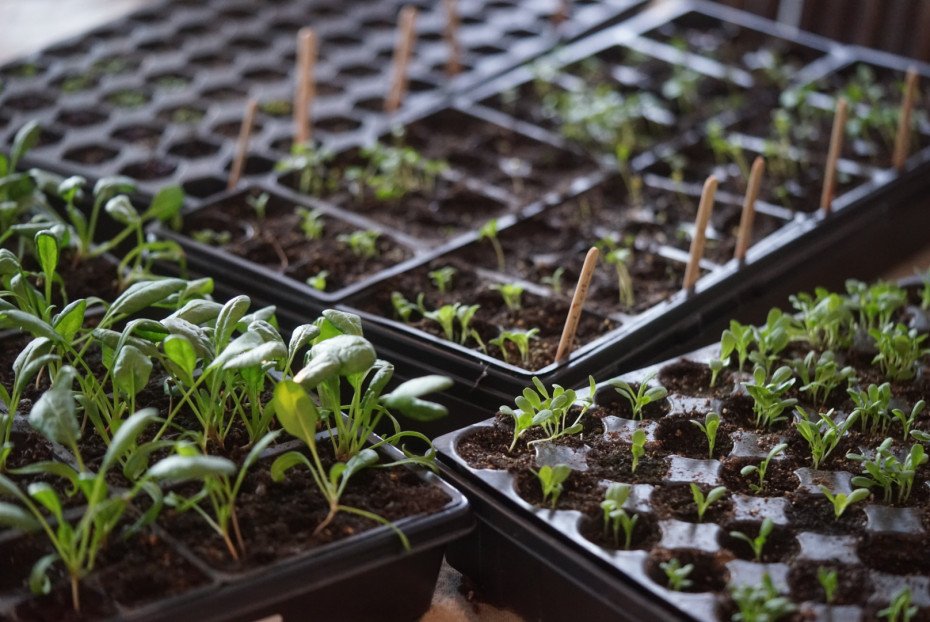Creating a sustainable garden is not only beneficial for the environment but also rewarding for gardeners. By adopting eco-friendly practices, you can reduce your garden’s impact on natural resources while promoting biodiversity. This article explores essential tips and practices for making your garden more sustainable.

Choose Native Plants
One of the easiest ways to create a sustainable garden is by choosing native plants. Native plants are naturally adapted to your local climate and soil conditions, requiring less water, fertilizer, and pesticides. They also provide a habitat for local wildlife, including pollinators like bees and butterflies. By planting natives, you help maintain the ecological balance in your area.
Practice Water Conservation
Water conservation is a key component of sustainable gardening. To reduce water usage, consider installing a drip irrigation system, which delivers water directly to the plant roots, minimizing evaporation. Additionally, collect rainwater in barrels to use for watering your garden. Mulching around plants also helps retain soil moisture, reducing the need for frequent watering.
Composting: Recycle Garden Waste
Composting is an effective way to recycle garden and kitchen waste, turning it into nutrient-rich soil. By composting, you reduce the amount of waste sent to landfills and create natural fertilizer for your plants. Start a compost pile with organic materials like fruit and vegetable scraps, grass clippings, and leaves. Over time, these materials break down into compost, which can be used to enrich your garden soil.
Reduce Chemical Use
Minimizing or eliminating chemical use in your garden is essential for sustainability. Chemical fertilizers and pesticides can harm beneficial insects, contaminate water sources, and degrade soil health. Instead, opt for organic fertilizers and natural pest control methods. For example, use neem oil or insecticidal soap to manage pests, and enrich your soil with compost or well-rotted manure.
Encourage Biodiversity
A diverse garden is a healthy garden. Encourage biodiversity by planting a variety of species, including flowers, shrubs, and trees. Diverse plantings support a wide range of wildlife, from insects to birds. Companion planting is another technique that promotes biodiversity. By growing certain plants together, you can naturally repel pests and enhance growth.
Use Sustainable Materials
When building garden structures or selecting tools, choose sustainable materials. Recycled wood, stone, and metal are eco-friendly options for garden beds, pathways, and fences. Avoid using plastic or chemically treated wood, which can leach harmful substances into the soil. Additionally, invest in high-quality tools that last longer, reducing the need for frequent replacements.
Create a Wildlife Habitat
Creating a wildlife habitat in your garden supports local ecosystems. Provide food, water, and shelter for wildlife by planting nectar-rich flowers, installing bird feeders, and setting up a water feature like a birdbath. Leave a small area of your garden wild, where plants can grow naturally without interference. This area can become a refuge for insects, birds, and small mammals.
Implement No-Dig Gardening
No-dig gardening is a sustainable practice that improves soil health and reduces erosion. Instead of tilling the soil, which can disrupt beneficial organisms and degrade structure, layer organic materials like compost, straw, and leaves on top of the soil. Over time, these layers break down, enriching the soil naturally. No-dig gardening also saves time and effort, making it easier to maintain your garden.
Reduce Lawn Size
Traditional lawns require significant water, fertilizers, and maintenance. To create a more sustainable garden, consider reducing the size of your lawn. Replace grass with native plants, ground covers, or a vegetable garden. If you prefer a grassy area, opt for low-maintenance, drought-tolerant grasses that require less water and care.
Conclusion
In conclusion, creating a sustainable garden involves making thoughtful choices that benefit both your garden and the environment. By choosing native plants, conserving water, composting, and encouraging biodiversity, you can reduce your garden’s ecological footprint. Sustainable gardening practices not only enhance the health of your plants but also contribute to the well-being of local ecosystems. Start implementing these practices today, and enjoy the rewards of a greener, more sustainable garden.










